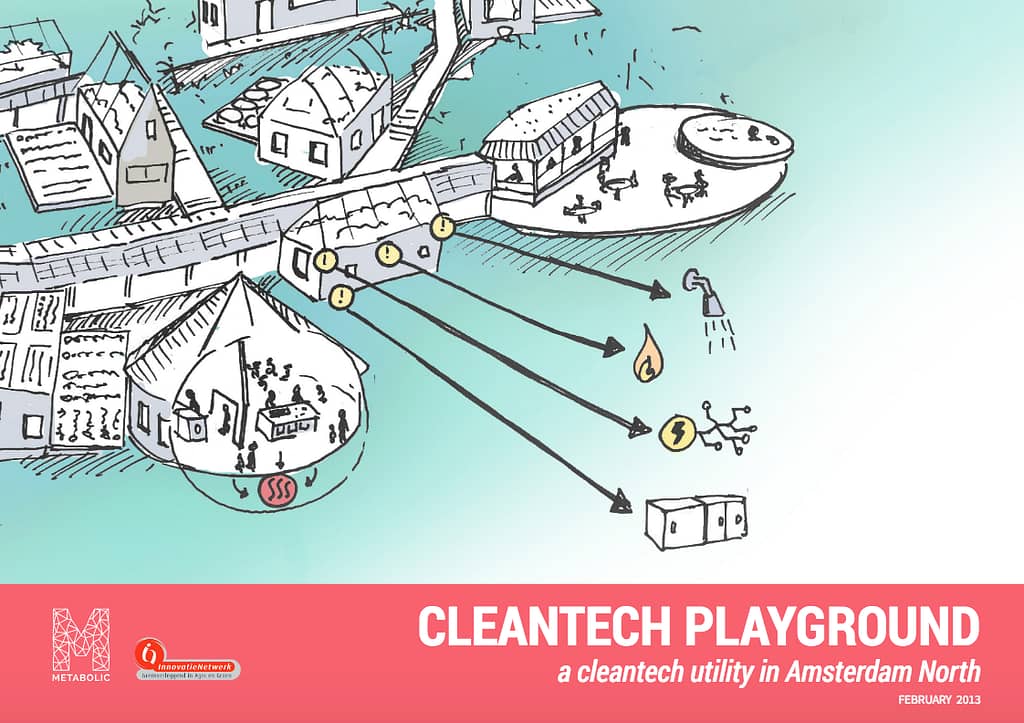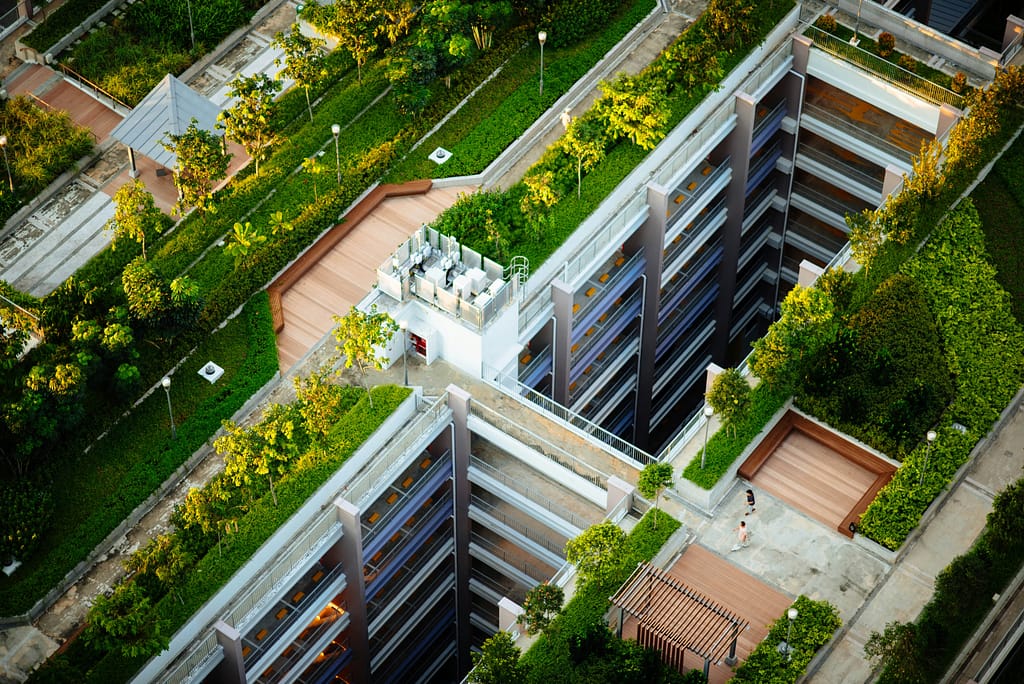Schoonschip: A sustainable floating neighborhood
A sustainable floating neighborhood.
In partnership with architecture firm space&matter and development advisor Waterloft, Metabolic developed the sustainability masterplan for a cutting-edge community of floating villas in Amsterdam North. The site will be energy self-sufficient, recover nutrients from organic waste streams, employ circular building practices, and serve as a showcase for sustainable living.
- Clients: space&matter, Waterloft
- Date: August 2015
Redefining urban sustainability
The team behind Schoonschip aimed to create Europe’s most sustainable floating community in North Amsterdam. The goal was to develop 47 houseboats on 30 plots for over 100 residents, who will move into and revitalize a disused canal and establish themselves as a showcase of how to build and live sustainably.
Schoonschip is intended to be an urban ecosystem embedded within the fabric of the city: making full use of ambient energy and water for use and re-use, cycling nutrients and minimizing waste, and creating space for natural biodiversity.
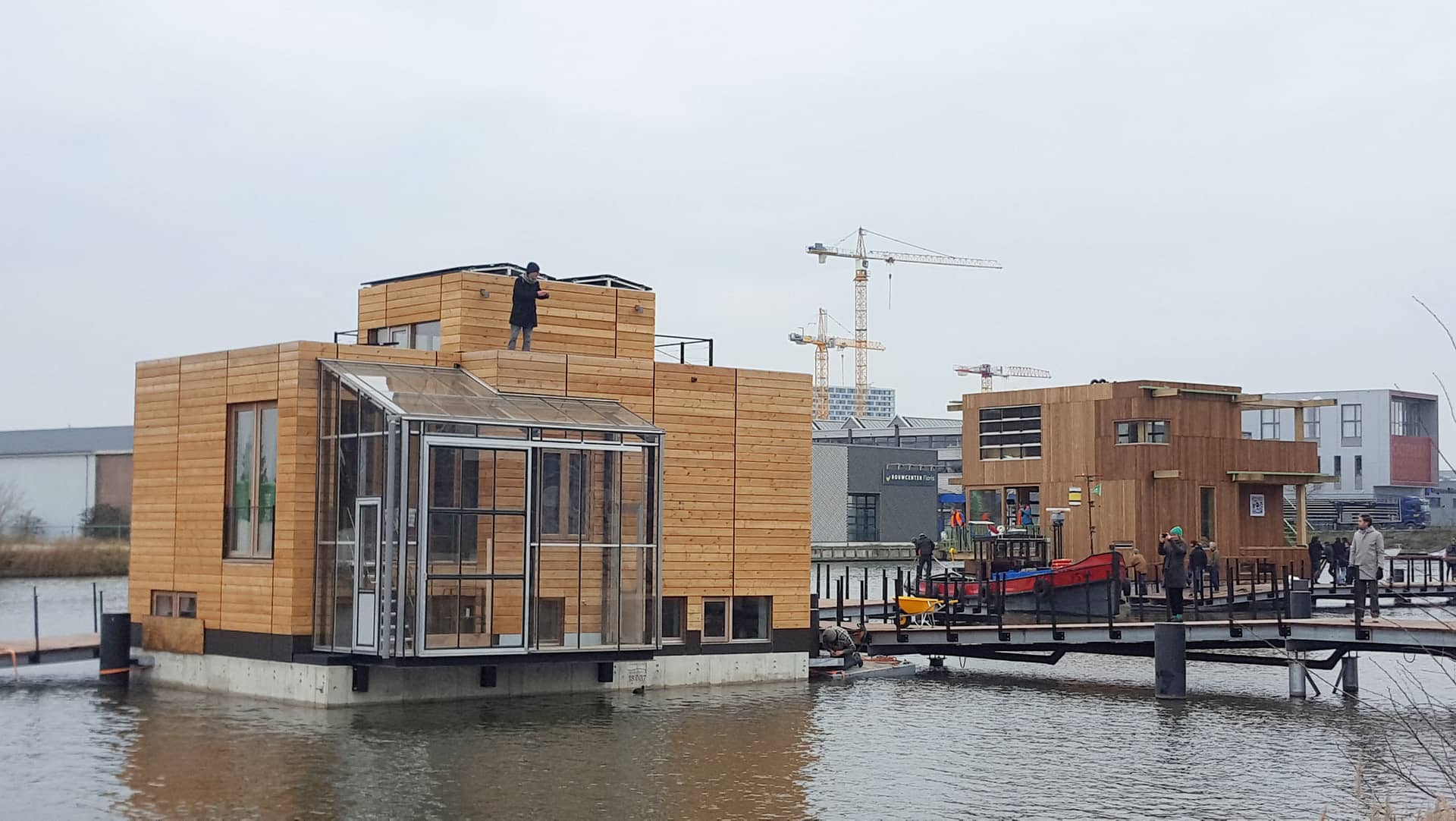
Creating a highly involved community
We first completed a concept study for the sustainability plan of the neighborhood, which helped the local community win the tender for the plot of water. Then we organized a series of community sessions where we presented our sustainability concepts and gathered input on how the community wished to see their future homes. We used space&matter’s urban plan to pre-calculate and set the goals for energy demand and consumption for space heating, electricity, and hot water in material passports for each household.

From the beginning, we had clear sustainability goals:
- 100% renewable heat and hot water supply
The installation of electric power generation capacity and the expansion of the heat collection system allows for each of Schoonschip’s households to have a fully renewable heat and hot water supply. An electric microwave boiler or hybrid heat pump/boiler will provide top-up heating.
- 100% renewable electricity
We aim to reduce energy consumption while sourcing renewable energy. Washing machines are set in communal areas and can be powered by solar panels which save 20% of electricity. Lighting is optimized by using low consuming LEDs. Cut-off switches throughout the house cut power to non-vital electronic equipment.
- 100% wastewater and organic waste treatment
Each houseboat collects two streams of human waste, which are pumped to the modular treatment system installed in the jetty.
- 100% water self-sufficiency
By using the rainy dutch weather to Schoonschip’s advantage, we provide water for toilet flushing and plant irrigation. For drinking water, each house can choose between a municipal water supply or a fully self-sufficient water purification system at a higher cost.
- 60 – 80% nutrient recovery
Nutrients collected from the wastewater and organic waste treatment system can be used on-site for food production, creating a closed cycle between nutrient collection and food production. Organic waste can either feed animals or be composted in an aerobic worm compost for personal garden use.
- 60 – 70% vegetable & fruit production using locally recovered nutrients
The various rooftop gardens and greenhouses can be used by the community to produce food. Residents could produce approximately 30.000 kg of local fruit and vegetables per year, therefore satisfying their own demand.
A sustainable floating neighbourhood
Schoonschip’s residents have now moved into a neighborhood that should be fully self-sufficient in renewable heat and electricity, water collection and upgrading, and have much lower resource demand than conventional homes. The buildings themselves will not only be highly eco-efficient, but also designed in a variety of architectural styles with creative exterior finishing. Schoonschip is planned to use zero gas. Energy will be produced by 500 solar panels, while heating will be generated by 30 water pumps as well as passive heating from the sun and from the canal water itself. A third of the roof surface of Schoonschip’s homes will be dedicated to a roof garden to help cool down the city in the summer. Our spinoff, Spectral, has developed an advanced smart-grid which features local photo-voltaic power production and battery storage. The Schoonschip community will be using blockchain technology to exchange the clean energy generated on the houseboat roofs and saved in batteries. The water supply will be separated into white, grey and black water systems. Grey (shower) water will be reused. Municipal water company Waternet will harvest the black waste water and transport it to a biorefinery to be fermented and converted into energy.


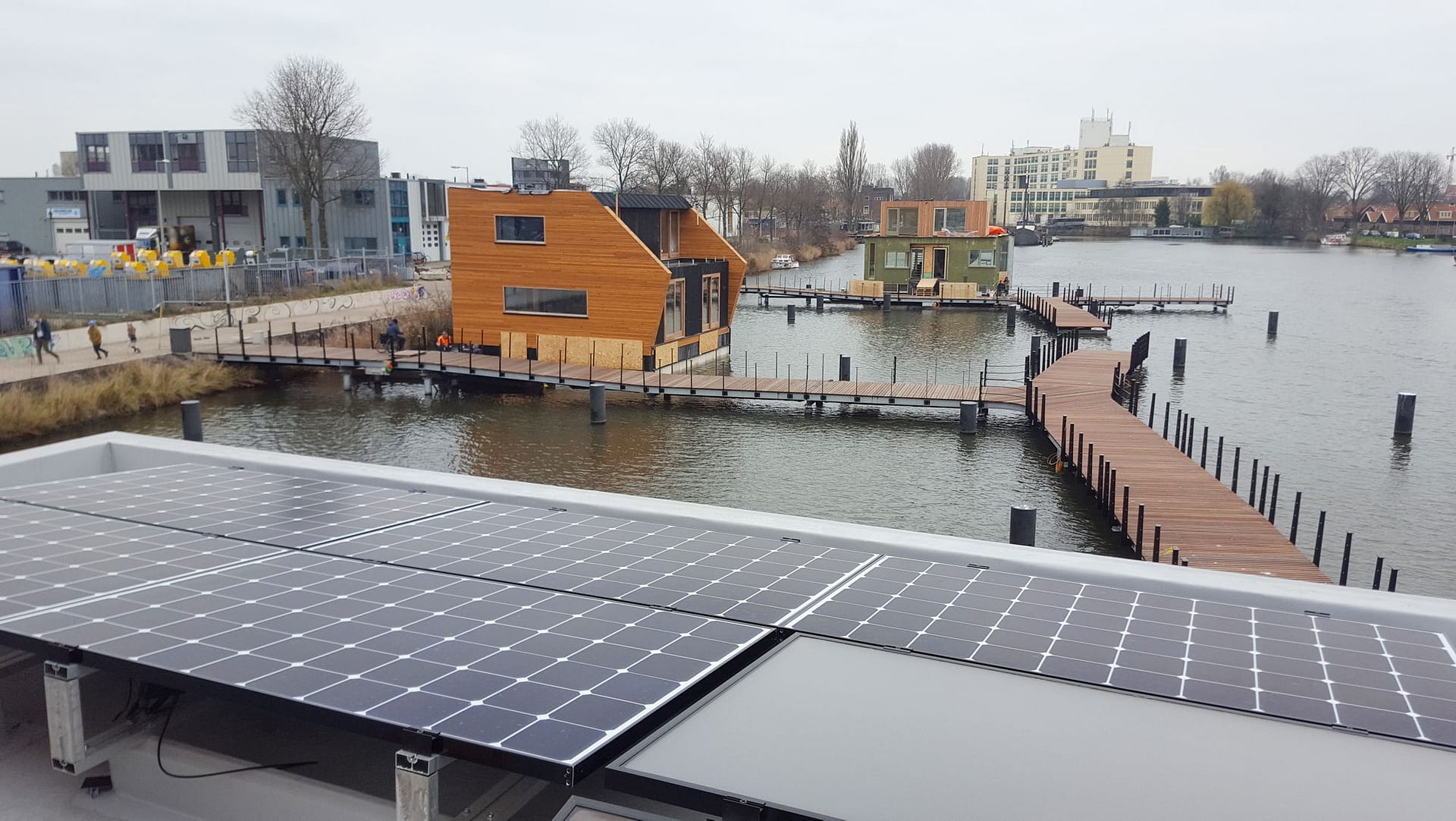
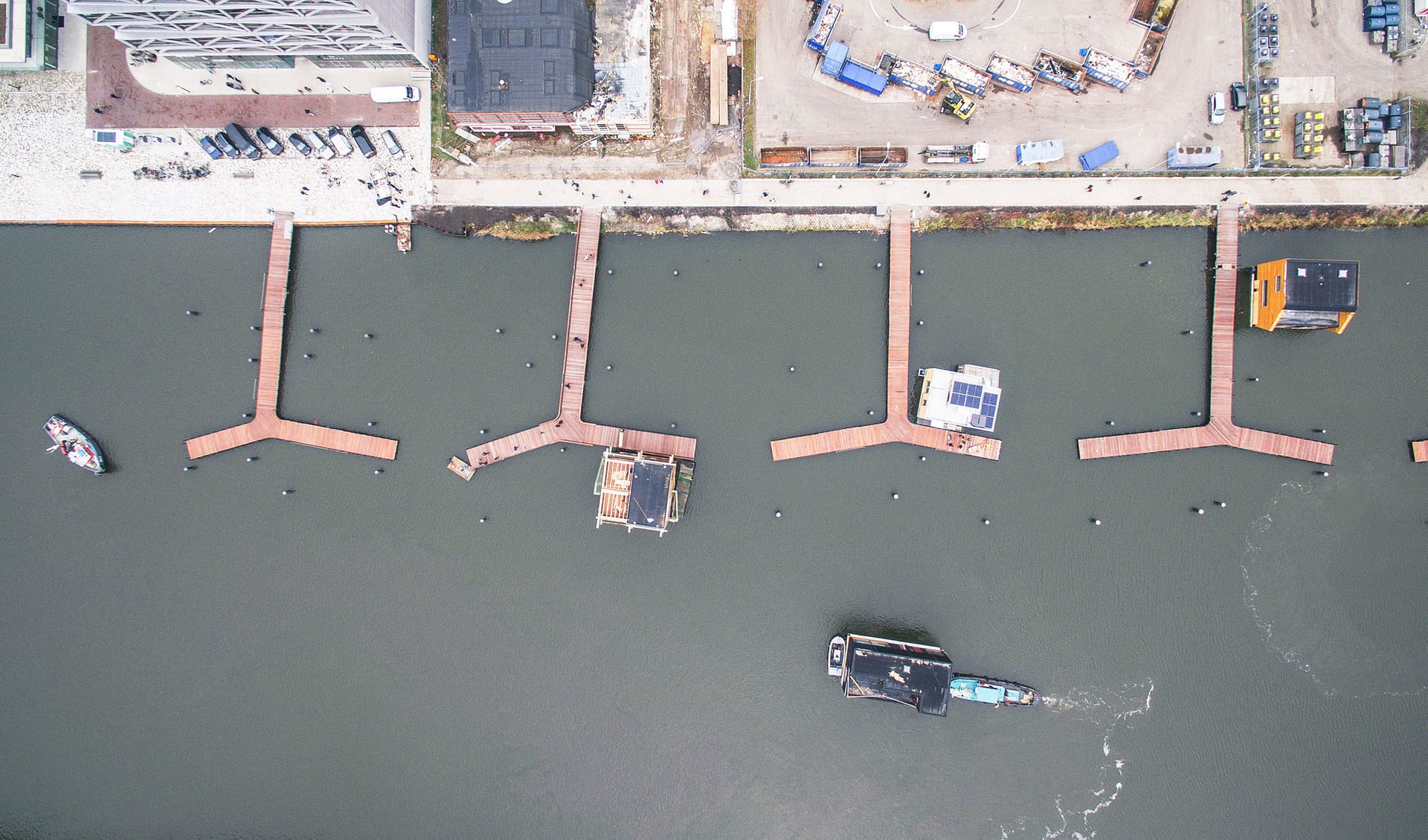
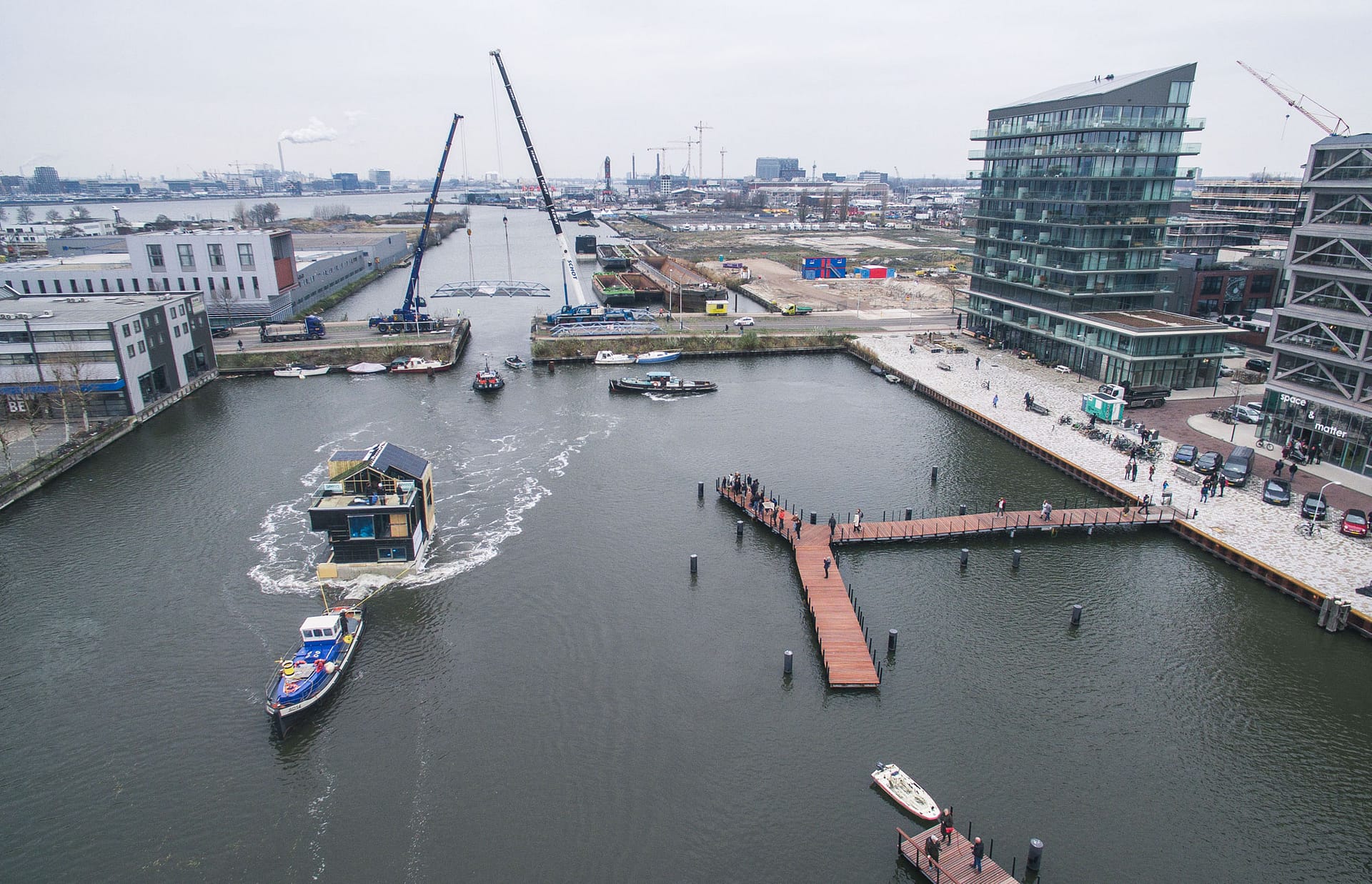







“We have solar panels, good insulation, water-recycling showers, vacuum toilets, but also each boat is different. Some people decided to look for good materials for clean building, others wanted everything green, so have green planted on their facades and roof, everyone took something they really wanted to go for.”
Marjolein Smeele, Architect, Smeele Architecture
Director of Sustainable Cities & Regions
ANY QUESTIONS?
For more information about this project, please get in touch.
